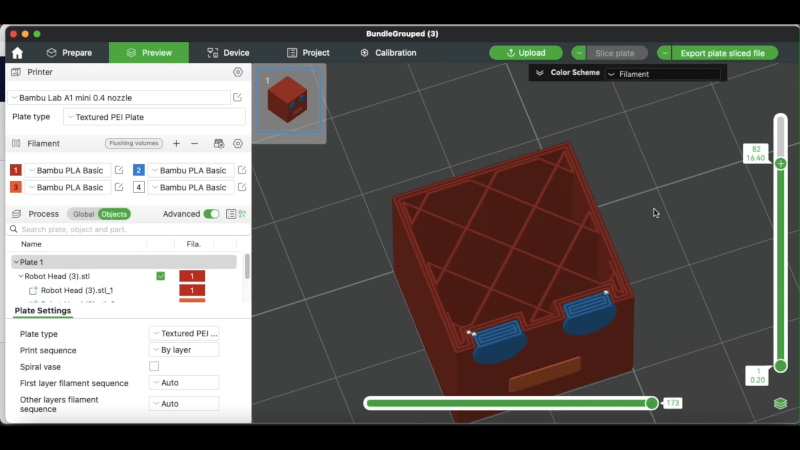Ever tried exporting hair from ZBrush to 3ds Max? It's like trying to untangle your headphones after they've been in your pocket all day—frustrating but oddly satisfying when you finally get it right!
There are a few methods, each with its quirks. Do you prefer working with curves or meshes? One might promise ease, while the other boasts detail, but who doesn't love a bit of chaos (just like those rogue strands of hair)?
Let’s discuss: what’s your go-to method for exporting hair, and have you ever encountered a mishap that left you questioning your choices? Share your tales of triumph or woe!
#ZBrush #3dsMax #3DModeling #Grooming #CreativeChaos
There are a few methods, each with its quirks. Do you prefer working with curves or meshes? One might promise ease, while the other boasts detail, but who doesn't love a bit of chaos (just like those rogue strands of hair)?
Let’s discuss: what’s your go-to method for exporting hair, and have you ever encountered a mishap that left you questioning your choices? Share your tales of triumph or woe!
#ZBrush #3dsMax #3DModeling #Grooming #CreativeChaos
Ever tried exporting hair from ZBrush to 3ds Max? It's like trying to untangle your headphones after they've been in your pocket all day—frustrating but oddly satisfying when you finally get it right!
There are a few methods, each with its quirks. Do you prefer working with curves or meshes? One might promise ease, while the other boasts detail, but who doesn't love a bit of chaos (just like those rogue strands of hair)?
Let’s discuss: what’s your go-to method for exporting hair, and have you ever encountered a mishap that left you questioning your choices? Share your tales of triumph or woe!
#ZBrush #3dsMax #3DModeling #Grooming #CreativeChaos
0 Comments
·0 Shares







